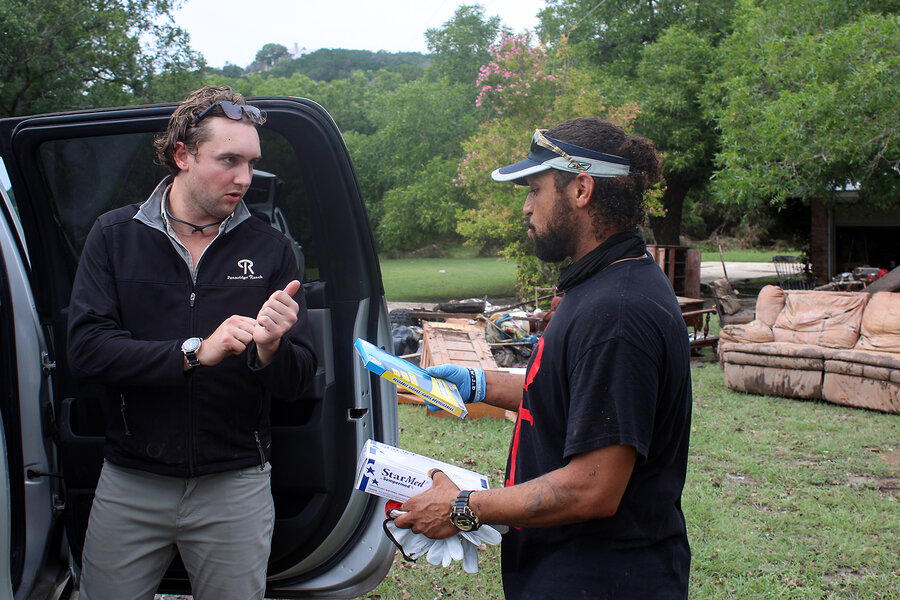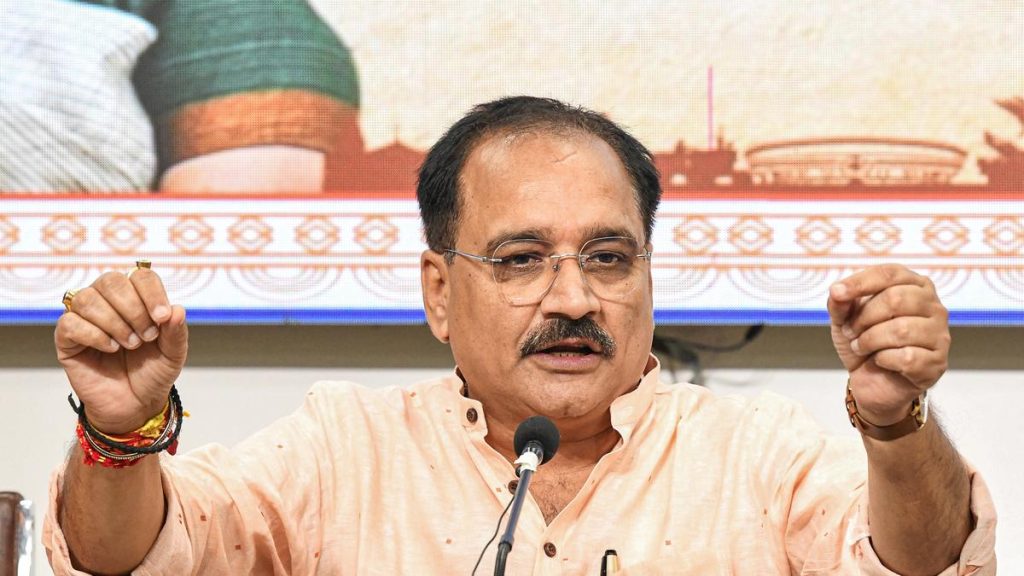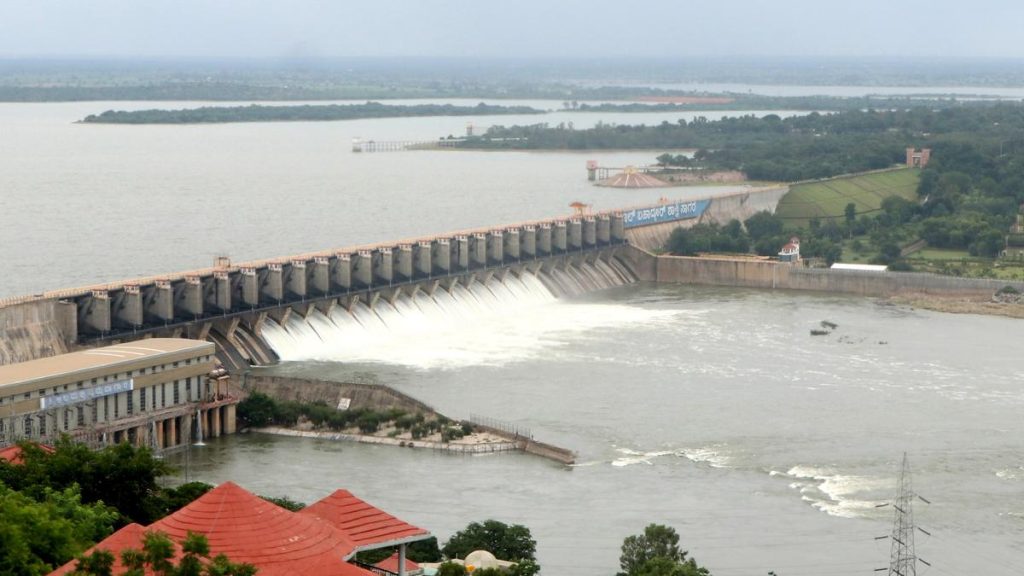Now Reading: Texans Unite to Aid Communities During Devastating Floods
-
01
Texans Unite to Aid Communities During Devastating Floods
Texans Unite to Aid Communities During Devastating Floods

Swift Summary
- Event: Catastrophic flash floods hit central Texas over the July Fourth weekend, primarily affecting Kerr County.
- Casualties: 100+ deaths reported, including 87 in kerr County (56 adults and 30 children). six individuals from Camp Mystic remain unaccounted for.
- Damage: Guadalupe River surged into homes; widespread destruction left neighborhoods buried in mud and debris.
- Community Response:
– Residents band together to offer support via donation drives and supply deliveries despite extensive property losses.
– Impromptu donation hubs established at local bars/restaurants; supplies include clothing, food, hygiene kits, water, diapers.
- emergency Relief Efforts:
– Volunteers navigate closed roads to deliver resources to hard-to-reach areas like Bumble Bee hills subdivision.- Officials stressed need for improved logistics systems for distributing donations effectively.
Images:
- Erik Muncy delivering supplies amidst flood wreckage (Henry Gass/The Christian Science monitor).
- Steven Ashley inspecting gutted home contents in Bumble Bee Hills neighborhood (Henry Gass/The Christian Science Monitor).
Indian Opinion Analysis
The devastating flash floods serve as a sobering reminder of the fragility of human infrastructure when faced with nature’s extremes. While India is geographically disconnected from this event, there are notable lessons here regarding disaster management and community resilience that could be pertinent.
India faces its own challenges with recurring monsoon flooding events across regions such as Kerala or Assam. The admirable volunteer-driven relief efforts observed in Texas highlight how grassroots networks can complement governmental responses during crises. In India’s context-where urbanization often strains emergency response systems-the efficient mobilization of resources alongside improved logistical frameworks could mitigate delays during critical moments.
Moreover,the emphasis on inter-community cooperation seen here reflects the importance of social cohesion during disaster recovery periods-a principle applicable universally but particularly vital within india’s diverse communities facing climate-induced vulnerabilities.
Read More: Texas Flash Flood Disaster Recovery
























